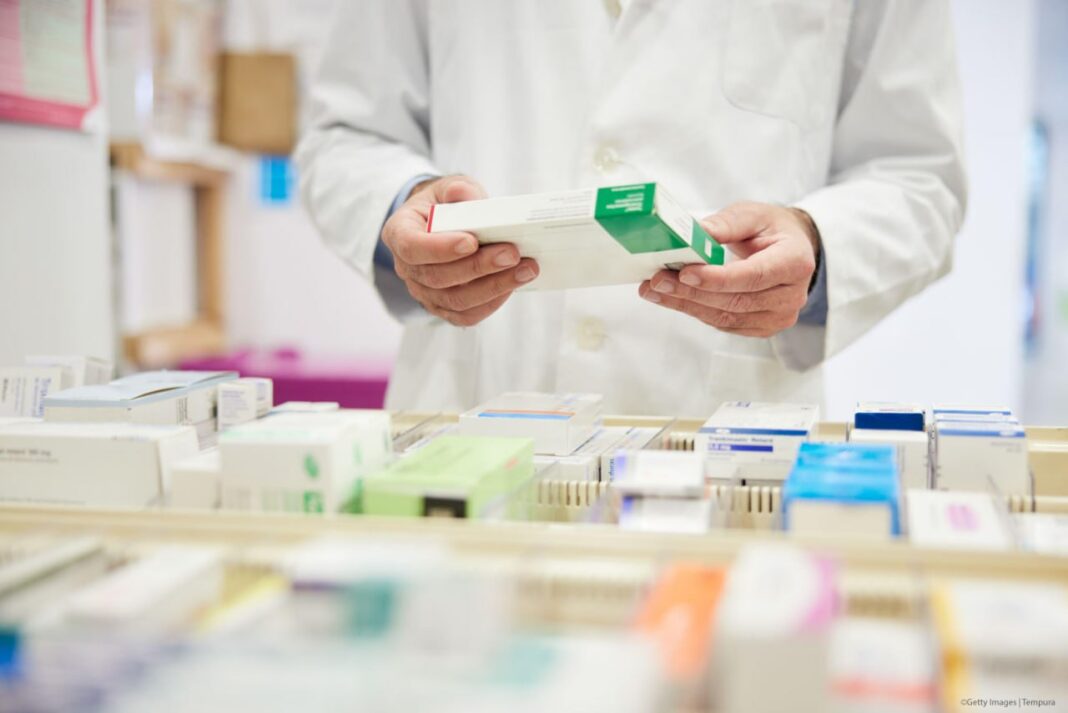Performance-enhancing drugs are substances used to improve physical or mental performance by increasing strength, endurance, focus, or recovery. They are often utilized with the goal of achieving enhanced athletic performance, faster progress, and improved training outcomes. Their use is often associated with a strong drive for excellence and high-level achievement in competitive environments.
The main product types of performance enhancing drugs include stimulants, anabolic steroids, peptide hormones, beta-2 agonists, and others. Stimulants are substances that enhance central nervous system activity, increasing alertness, energy, and physical performance. These drugs are used in various applications, including by athletes, students, military personnel, and others, and are distributed through various channels such as online stores, pharmacies, specialty stores, fitness centers, and direct sales. The end users include professional athletes, amateur athletes, bodybuilders, fitness enthusiasts, and patients with chronic illnesses.
The performance enhancing drugs market size has grown strongly in recent years. It will grow from $10.79 billion in 2024 to $11.42 billion in 2025 at a compound annual growth rate (CAGR) of 5.9%. The growth in the historic period can be attributed to rising popularity of competitive sports, increasing awareness of physical aesthetics and body image, growing availability of PEDs through online platforms, rising use in the military and defense sectors historically, and increasing off-label use in the general population.
The performance enhancing drugs market size is expected to see strong growth in the next few years. It will grow to $14.16 billion in 2029 at a compound annual growth rate (CAGR) of 5.5%. The growth in the forecast period can be attributed to growing investments in anti-aging and vitality-enhancing products, rising prevalence of fatigue-related disorders and chronic stress, increasing penetration in developing countries, growing use of synthetic biology and gene doping technologies, and increasing demand for cognitive enhancers in academic and professional sectors. Major trends in the forecast period include advancements in pharmaceutical formulations, integration of artificial intelligence in drug development, technology-enabled personalized supplementation, developments in synthetic biology and gene editing, and advancements in nootropic compounds.






